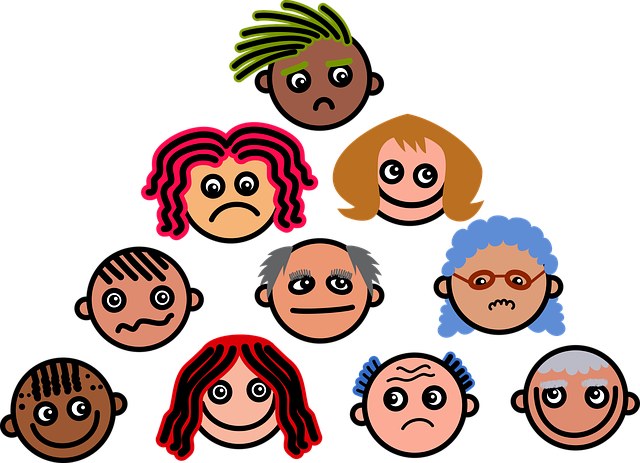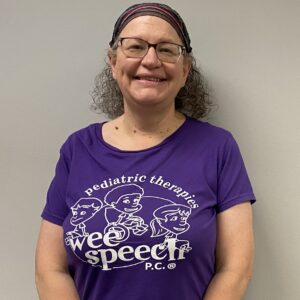April celebrates what is now called Autism Acceptance Month. Autistic author, Elle Love, wrote that: “Creating awareness was the first step in our conversation about disability inclusion, however, acceptance enforces awareness and reflects how our society should celebrate the differences and abilities that neurodivergent people have.”
Neurodiversity refers to the range of differences in individual brain function and behavioral traits, regarded as part of normal variation in the human population. The term has popularly been used in the context of Autism Spectrum Disorder (ASD), but also includes a range of neurological differences, such as Attention-Deficit/Hyperactivity Disorder (ADHD), dyslexia and dyspraxia.
Autism spectrum disorder (ASD) is associated with differences in communication, learning, and behavior. Some differences for individuals with autism can include things like variations in processing the sensory environment, literal ways of thinking, and intense attention to detail and interests. For some people, neurodiversity is a difference that should be acknowledged and accommodated, while for others it is a disability that will require more help. The abilities, needs and challenges of individuals with autism can vary widely. For example, some individuals with autism are able to communicate verbally, have a normal or above average IQ, and can live independently. Others might not be able to communicate their needs or feelings, may struggle with harmful behaviors that impact their safety and well-being, or may require support in all areas of their life.
Disabilities and differences are important to evaluate when considering what accommodations should be made while promoting meaningful areas of growth for neurodivergent individuals. Respecting neurodiversity does not mean opposing all types of intervention. It is possible for interventions to fit within a neurodiversity framework if they focus on “figuring out how to change the environment, accommodate sensory needs, remove barriers and use practical solutions to help a child meet whatever needs- physical, social or emotional that they are not yet able to successfully communicate” (Roberts, J. 2020-2022).
Speech therapy should use a strength-based and skills-building approach that provides opportunities for children to develop, use, and practice communication skills, teaching language through modeling in natural contexts. Best practices utilize a child’s interests, preferred activities and motivation as a way to maximize engagement, responsiveness, and development of skills. This allows children to learn through experiences that are personally relevant and meaningful to them, while also motivating (rather than repetitively drilling) them to acquire functional skills. It honors all forms of communication, whether spoken, gestured or selected on an Augmentative and Alternative Communication (AAC) device.
The ultimate goal when working with neurodivergent children is to recognize and respect their unique strengths and needs and to support their growth and development in a way that helps build success, confidence and self-esteem.
Sources:
https://www.health.harvard.edu/blog/what-is-neurodiversity-202111232645
https://vkc.vumc.org/assets/files/resources/neurodiversity.pdf
https://link.springer.com/article/10.1007/s10803-021-05316
We honor a
Get a Free Online Assessment
Looking for an expert opinion on your child's needs? Fill out a 3 minute questionnaire and receive a personal evaluation from our staff




